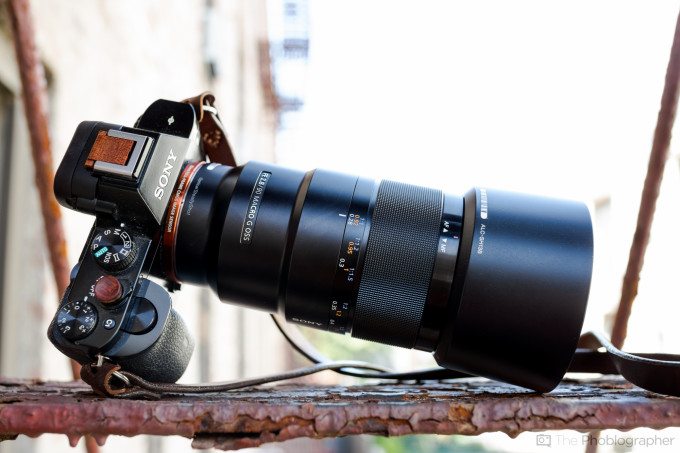

It’s a very well designed lens, and my subsequent testing of Sigma’s 70mm showed how neat it is, as the 70mm with hood is pretty much the same size at the 90mm with hood. I had returned the ex-demo FE 100mm f/2.8 T5.6 G OSS STF which I initially thought might replace my adapted A-mount macro. London Camera Exchange had one available, with an £80 cashback offer. It’s a £900-ish lens so no light purchase to make, and for me it would also have to handle landscape and general photography well.
Sony 90mm macro portraits manual#
So, with my 100mm macro lens an A-mount model only usable in manual focus mode with my LA-EA3 adaptor, I decided to bite the bullet and buy a Sony SEL 90mm ƒ2.8 G OSS. This takes time and can disturb subjects more than the quick ‘zip’ sound of autofocus, or the slower grind of A-mount body-driven AF on the LA-EA4.
Sony 90mm macro portraits full#
The Voigtlander uses almost three full rotations of its big focus barrel to go from infinity to 1:1 and even small scale changes mean moving your hand on to the lens and twisting it, often repeatedly.

AF can get you to the subject distance rapidly without moving your hand to the lens. Now you know why the manual focus can take so long to rack out that you miss the subject, and even pre-setting focus is not quick.īut the butterflies reminded me why AF is useful on macro even if you lock the focus and move the camera to capture the final shot. Yes, it’s a huge scrolling image of the Voigtlander 110mm. Unlike Zeiss Loxia lenses these Voigtlander FE models make proper use of Sony E-mount body functions including 5-Axis stabilisation, focus distance display in the EVF, and instant magnified focus when using the focus barrel. Their 65mm f/2 FE is perfection, and the 110mm f/2.5 proved much the same. Few lenses can ever better an Apo Lanthar Macro. I loved the Voigtlander’s sharpness, corner to corner, wide open at all distances. I had thought the 1:4 scale of the STF would be enough for flowers and plants, and also subjects like butterflies, but it was not and the benefits of Smooth Transition Focus almost demanded working at the maximum T5.6 aperture. When testing the Voigtlander 110mm MF 1:1 macro and AF Sony 100mm STF (0.25X scale closest focus) on moving subjects – Butterfly World Edinburgh – the benefits of both 1:1 macro and autofocus became all too clear. The 90mm is a very different kind of lens, using purely internal focusing rather than the long extension seen side by side above. I continued to weigh up whether to replace my well-trusted Sony SAL 100mm f/2.8 Macro A-mount, which for two years had been used with manual focus only on the LA-EA3 (above) as I sold my LA-EA4 after selling my 70-210mm f/4, 50mm f/1.4 and 24mm f/2 SSM lenses.

But I have used macro lenses of this focal length (or close) for years. While the world has been raving about the 90mm since 2015, I had not used it – I am not on any list to get new lenses to look at. Over the months before this, I’d seen so many comments saying this was the best ever Sony and perhaps the second best lens ever. This is one of Backscatter's favorite mirrorless lenses for shooting underwater.In the last few weeks I’ve found myself replying to Facebook Sony user group posts where new owners building their systems have asked about the Sony 90mm f/2.8 G OSS Macro FE lens.


 0 kommentar(er)
0 kommentar(er)
